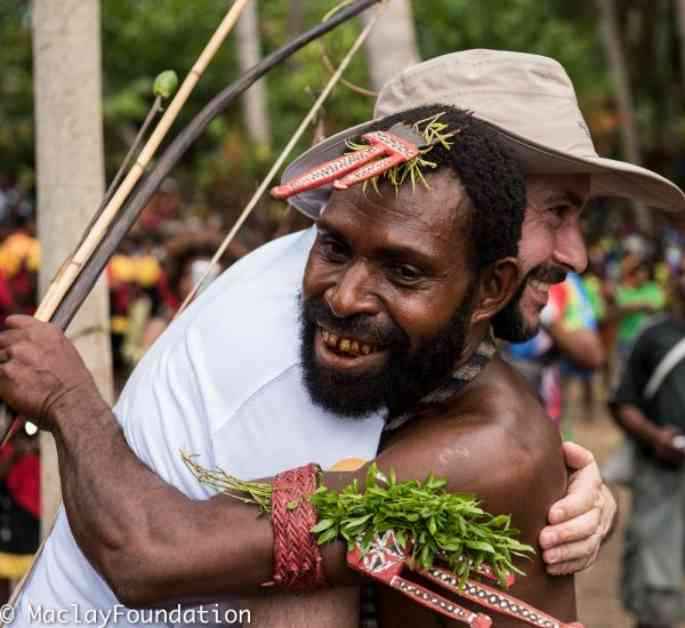Last week, the Chau Chak Wing Museum in Sydney, Australia, made a historic gesture by repatriating 16 human skulls to Papua New Guinea. These ancestral remains were returned to six village communities in Madang province, including Gorendu and Bilibil, marking a significant moment in the country’s history.
The skulls were originally taken from the Rai Coast by Russian scientist Nickolai N. Miklouho-Maclay during an expedition in 1876 through 1777. Miklouho-Maclay, a pioneer in his time, aimed to challenge prevailing beliefs about race and ethnicity by studying the anatomy of these skulls. His mission was to prove that people of different races were fundamentally the same as their Caucasian counterparts, a radical idea at the time.
It was in 1878 that Miklouho-Maclay arrived in Sydney, where he collaborated with naturalist William John Macleay. Macleay’s philanthropic efforts led to the establishment of Sydney University’s Macleay Museum in 1887. The remains were later donated to the museum by Miklouho-Maclay’s widow in 1888. Fast forward to 2020, the Macleay Museum merged with the Chau Chak Wing Museum, leading to the repatriation of these significant artifacts.
The journey to repatriation began when Miklouho-Maclay’s great-great nephew stumbled upon the remains while visiting the Rai Coast. After connecting with locals and understanding the cultural significance of the skulls, a request was made for their return, setting in motion a series of events that culminated in the recent handover.
Jude Philp, the senior curator at the Chau Chak Wing Museum, played a pivotal role in facilitating the repatriation process. Speaking to the Art Newspaper, Philp shared, “People are looking at [the repatriation] as a rebirth of their history, in some ways, and to think about those people and the wisdom of that time.” The emotional resonance of returning these ancestors to their rightful home was palpable, as the local communities welcomed them back with ceremonies filled with song, dance, and traditional feasts of roasted pigs.
The symbolic return of the skulls was a poignant moment, with Philp and other dignitaries arriving in boats, carrying the remains in special boxes. Jack Simbou, a deputy secretary at Papua New Guinea’s Department for Community Development and Religion, expressed gratitude, stating, “These ancestors were taken by Nickolai almost 150 years ago, to support his work promoting one shared humanity. They departed the Rai Coast aboard a Russian Corvette and returned on a Boeing jet. Their journey spans time and distance, and we extend gratitude to the Chau Chak Wing Museum for reuniting us.”
While the repatriation of human remains may seem like a historical footnote to some, the act carries profound significance for the communities involved. It serves as a reminder of the intertwined nature of humanity, transcending borders and generations to honor the past and shape the future. The return of these skulls represents not just a physical journey but a spiritual homecoming, bridging the gap between the past and the present.
As the sun set over the horizon, casting a golden glow over the waters, the echoes of ancestral voices lingered in the air, whispering tales of resilience, unity, and the enduring spirit of humanity. The repatriation of these human remains was not just a gesture of goodwill; it was a reaffirmation of our shared humanity, a testament to the power of reconciliation, and a beacon of hope for a more inclusive and compassionate world.












